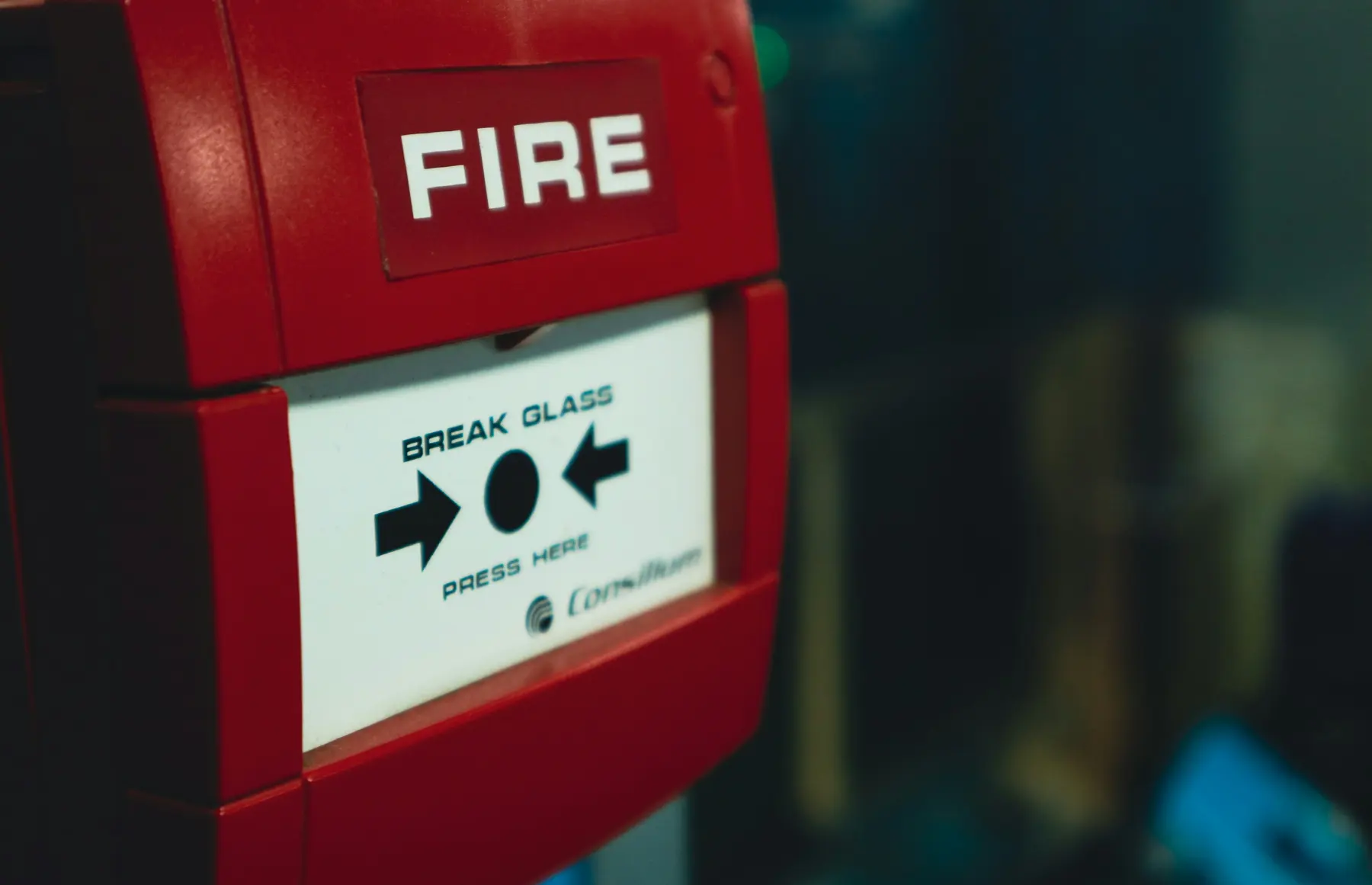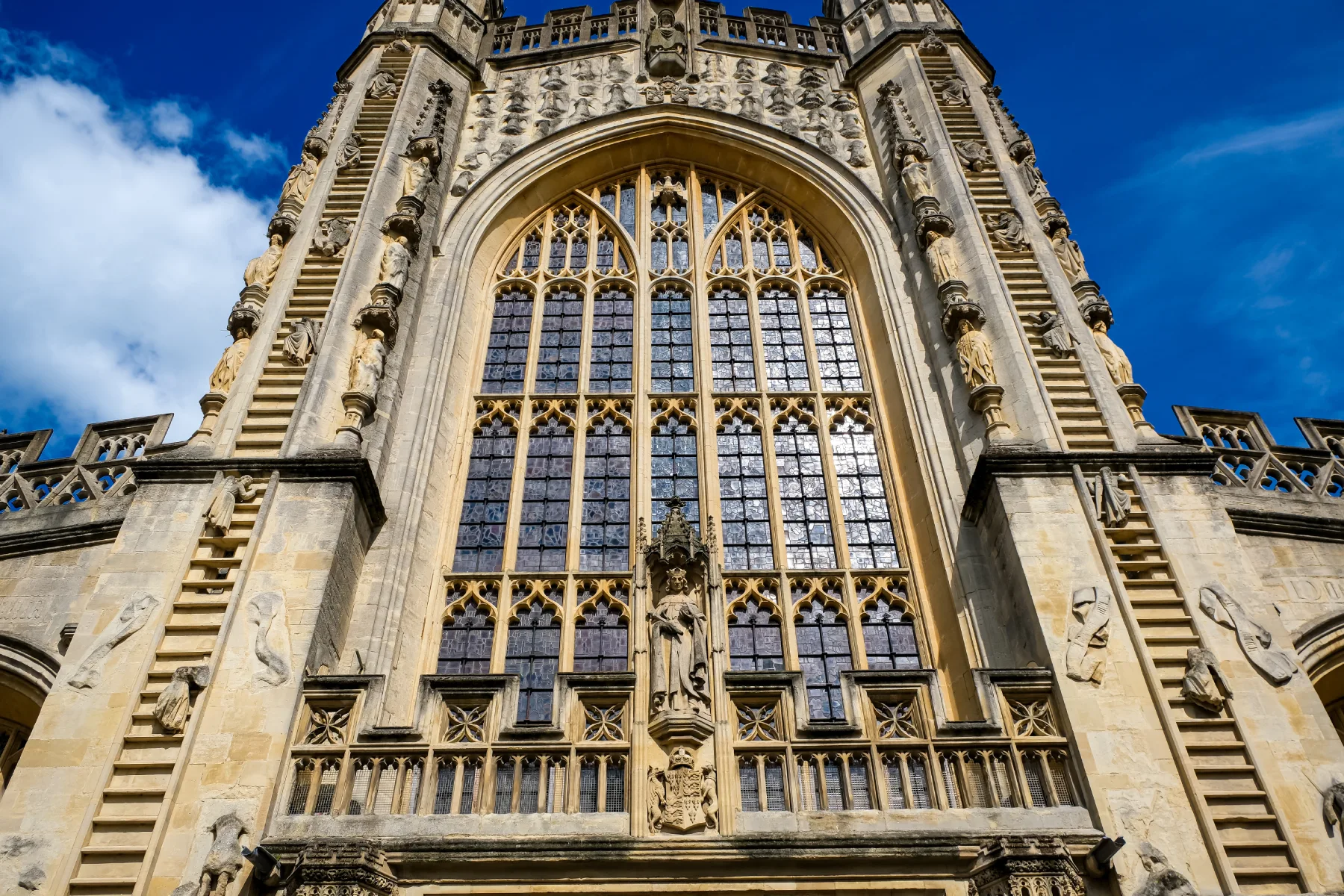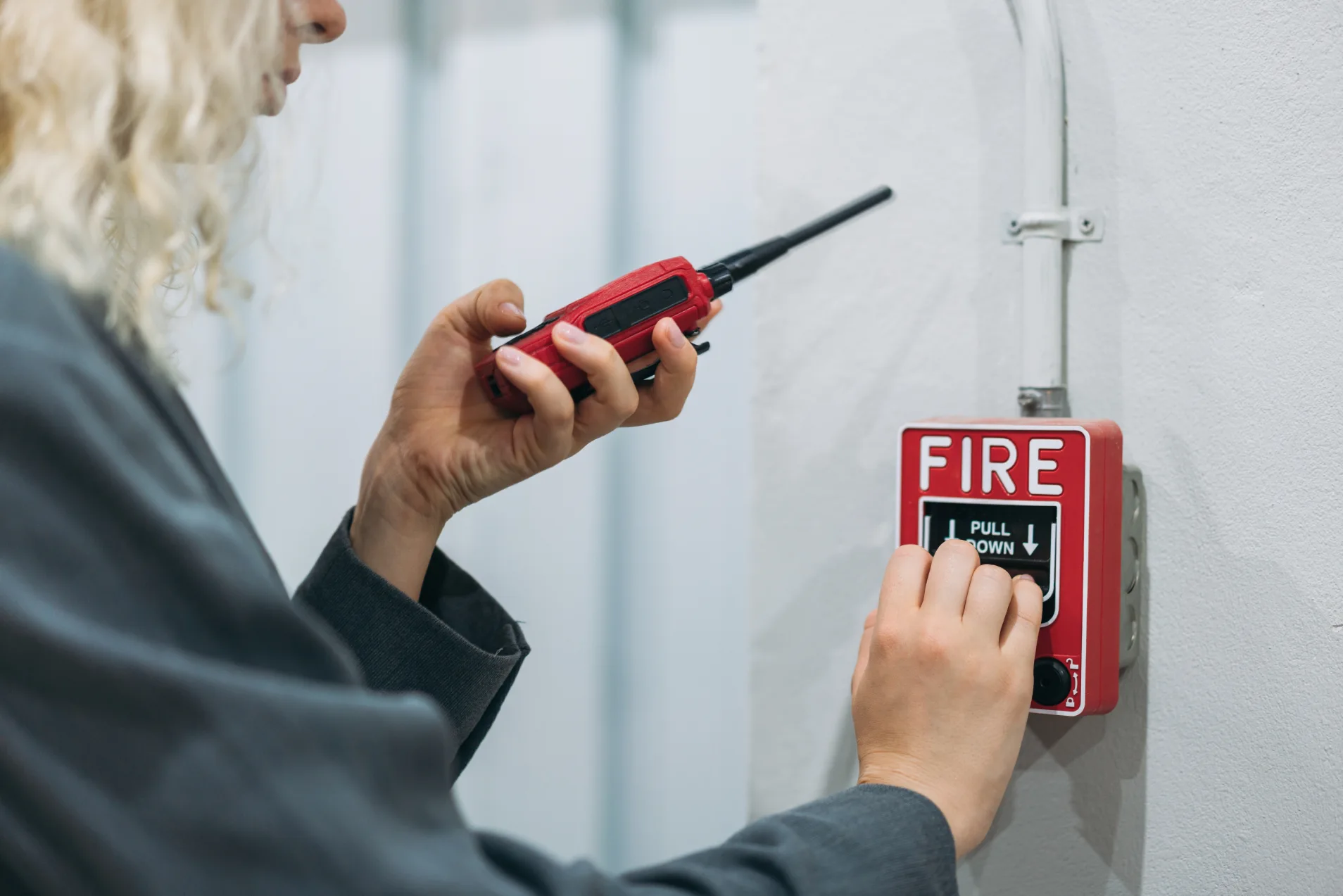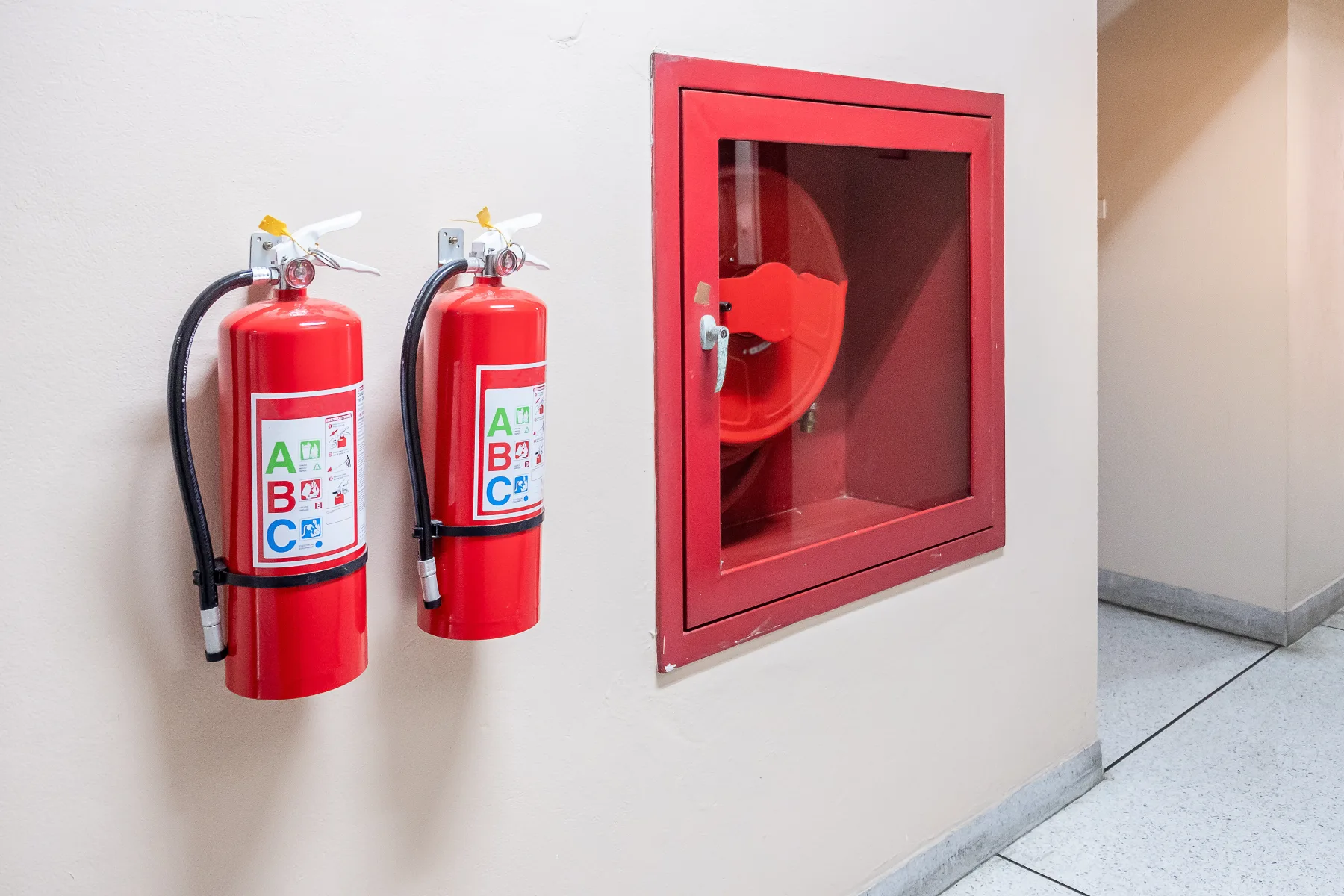Fire Alarms for Public Spaces

When we think about public spaces, perhaps a bustling community centre, a busy library, or even a local theatre, we often focus on the services they provide. These places are the heartbeat of our communities in Essex, bringing people together for learning, entertainment, and connection. Behind the scenes, there is a serious aspect that requires constant attention: safety. How do we ensure that everyone in these shared spaces is safe from the threat of fire?
The cornerstone for any public building is a robust and reliable fire alarm system. These systems are the unsung heroes, silently standing guard, ready to spring into action when every second counts. They are designed not just to detect a blaze, but to give everyone inside the crucial time needed to evacuate safely.
Why Fire Alarms Are So Important for Public Buildings
Imagine a public building filled with people, many of whom might be unfamiliar with the layout or their nearest exit. Perhaps there are elderly visitors, children, or individuals with mobility challenges. In such an environment, the earliest possible warning of a fire is vital. This is precisely where a well-designed fire alarm system proves its worth.
The primary role of a fire alarm system is to detect a fire at its earliest stage. This could be through smoke detectors picking up the first wisps of smoke, or heat detectors sensing a rapid temperature rise. Once detected, the system immediately triggers an audible and often visual alert, informing everyone within the building that there is an emergency and that they need to evacuate. This immediate notification can mean the difference between a minor incident and a major catastrophe, allowing people to move to safety before smoke and flames can block escape routes.
In the UK, the Regulatory Reform (Fire Safety) Order 2005 places a clear responsibility on the "responsible person" for any commercial or public premises to ensure adequate fire safety measures are in place. For public buildings in Essex, this legal duty translates into a moral obligation to protect every individual who steps through their doors. It means considering the specific challenges of a public space, from varying occupancy levels to the presence of vulnerable individuals, and tailoring the fire alarm system to meet those unique needs.
Different Types of Fire Alarms and How They Work
Fire alarm systems are not one-size-fits-all. There is a range of technologies available, each suited to different environments and potential fire risks. Understanding these can help public building managers make informed decisions about the most appropriate system for their premises.
At the simpler end, we have conventional fire alarm systems. These divide a building into zones, and when a detector is activated, the control panel indicates which zone the fire is in. They are reliable and often suitable for smaller, less complex public buildings where pinpointing the exact location of a fire within a zone is less critical due to easier visual checks.
For larger or more complex public spaces, addressable fire alarm systems offer a more sophisticated solution. With an addressable system, each detector and call point has a unique address. This means that when an alarm is triggered, the control panel can identify the precise location of the fire, right down to the individual device. This greatly speeds up response times, allowing staff or the fire brigade to go directly to the source of the alarm, which is invaluable in a sprawling public building with multiple rooms and areas.
Beyond these two main types, there are also wireless fire alarm systems, which are increasingly popular for their flexibility and ease of installation, particularly in older or listed buildings where extensive cabling might be problematic. These systems use radio frequencies to communicate between detectors and the control panel, offering the same level of protection without the need for disruptive wiring.
The Role of Detectors: Smoke, Heat, and Carbon Monoxide
Within any fire alarm system, the detectors are the sentinels. They are the eyes and ears, constantly monitoring the environment for signs of fire.
Smoke detectors are perhaps the most common and come in a few variations. Optical smoke detectors are good at detecting slow, smouldering fires that produce a lot of visible smoke, like a burning sofa or paper. Ionisation smoke detectors are more sensitive to fast-flaming fires that produce smaller, invisible combustion particles, such as those from flammable liquids. For many public spaces, a combination of these or multi-sensor detectors that incorporate both technologies is often the best approach to cover a broader range of fire scenarios.
Heat detectors respond to changes in temperature. They can be fixed-temperature, activating when a certain temperature is reached, or rate-of-rise, triggering an alarm if the temperature increases rapidly. Heat detectors are often used in areas where smoke detectors might be prone to false alarms, such as kitchens or dusty workshops within a public building. They are less sensitive than smoke detectors, meaning they might provide a later warning, but they are more robust in certain environments.
While not directly a "fire" in the traditional sense, carbon monoxide (CO) detectors are also important for public spaces, especially those with gas appliances. Carbon monoxide is a silent killer, an invisible, odourless gas produced by incomplete combustion. Integrating CO detection into a comprehensive safety system provides an added layer of protection, particularly in areas like community kitchens or plant rooms.
Designing and Installing for Public Safety in Essex
The effectiveness of a fire alarm system in a public building hinges not just on the quality of the equipment but on its design and installation. This is where professional expertise becomes invaluable. A "one-size-fits-all" approach simply does not work for the diverse range of public spaces found across Essex.
A thorough assessment of the specific building is the first step. This involves understanding its layout, construction materials, occupancy levels, the activities that take place there, and the types of fire risks present. For example, a community hall used for events with catering will have different requirements than a quiet public library. The design must consider factors like potential evacuation routes, the need for phased evacuations in larger buildings, and ensuring audible and visual warnings are accessible to everyone, including those with hearing or visual impairments.
Installation must then be carried out by qualified professionals who understand the intricacies of fire alarm systems and the relevant British Standards, such as BS 5839. This ensures that the system is correctly wired, detectors are optimally placed, and all components are functioning in harmony. Incorrect installation can compromise the entire system's reliability, potentially leading to false alarms or, far worse, failure to detect a real fire. Choosing a reputable company with a proven track record in installing fire alarm systems for commercial and public buildings around the Essex area provides reassurance that the system will be robust and compliant.
Ongoing Maintenance and Testing: Ensuring Readiness
Installing a fire alarm system is just the beginning. To ensure it remains a reliable guardian, regular maintenance and testing are essential. A neglected system is no system at all.
Daily visual checks, often carried out by staff, can ensure that the main control panel is indicating normal operation and that no obvious faults are present. Weekly tests involve activating a different manual call point each week to ensure the alarm sounds and the system responds correctly. These regular checks help identify minor issues before they escalate.
A more comprehensive approach is required annually. Professional servicing by qualified technicians is crucial. This involves a detailed inspection of all components, testing of detectors, checking battery back-ups, and ensuring all parts of the system are in full working order. This annual service helps to identify wear and tear, recalibrate detectors, and ensure the system continues to meet regulatory standards. Keeping meticulous records of all these checks and maintenance is also important, providing a clear audit trail of compliance and due diligence. For specific insights into fire alarm maintenance, refer to the blog on the importance of proper fire alarm maintenance.
Consider the peace of mind that comes from knowing your fire alarm system is always ready. For the managers and custodians of public spaces, this is not just about meeting legal obligations; it is about safeguarding the lives of everyone who uses their facilities. It fosters a sense of trust within the community, knowing that their safety is a top priority.
Beyond the Alarm: A Holistic Approach
While fire alarm systems are vital, they are part of a larger fire safety ecosystem. Effective fire safety in public spaces also involves clear escape routes, well-maintained firefighting equipment such as fire extinguishers, and comprehensive staff training. Every element works together to create a secure environment.
Staff in public buildings should receive regular fire safety training, covering evacuation procedures, the location of assembly points, and how to report a fire. Understanding what the fire alarm sounds like and what immediate actions to take can significantly improve evacuation efficiency. It is about empowering everyone with the knowledge and confidence to act decisively.
At Magni Fire, we understand the unique fire safety challenges faced by public buildings in Essex. From expert system design and professional installation to ongoing maintenance and servicing, we are committed to providing comprehensive fire alarm solutions that ensure the utmost safety for your community spaces.
Are you looking to enhance the fire safety of your public building in Essex? We are here to help. Contact us today to discuss your fire alarm system needs and ensure your premises are fully protected.




